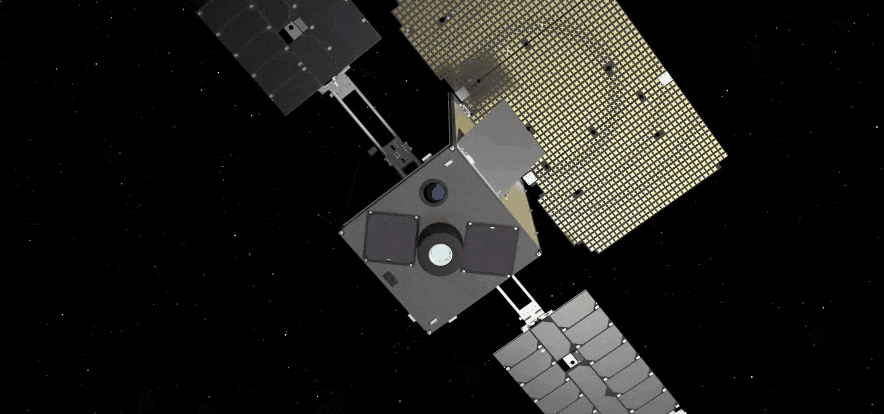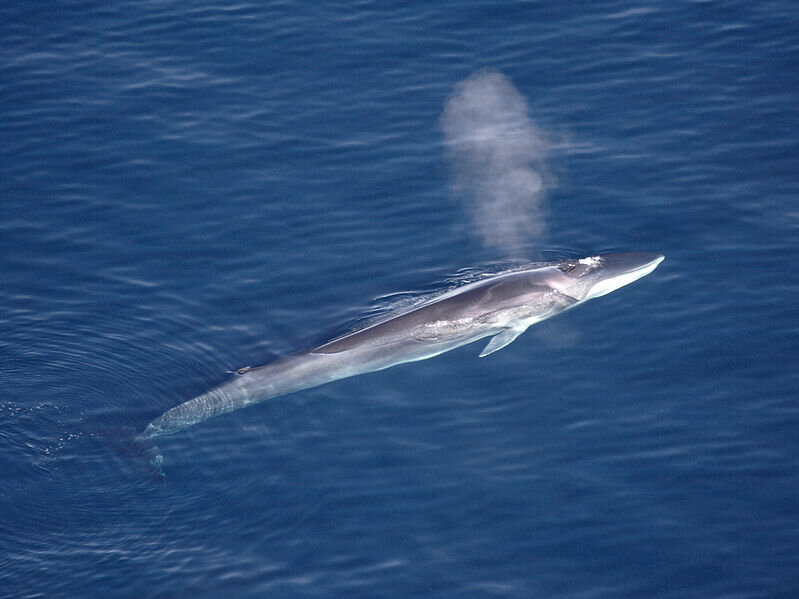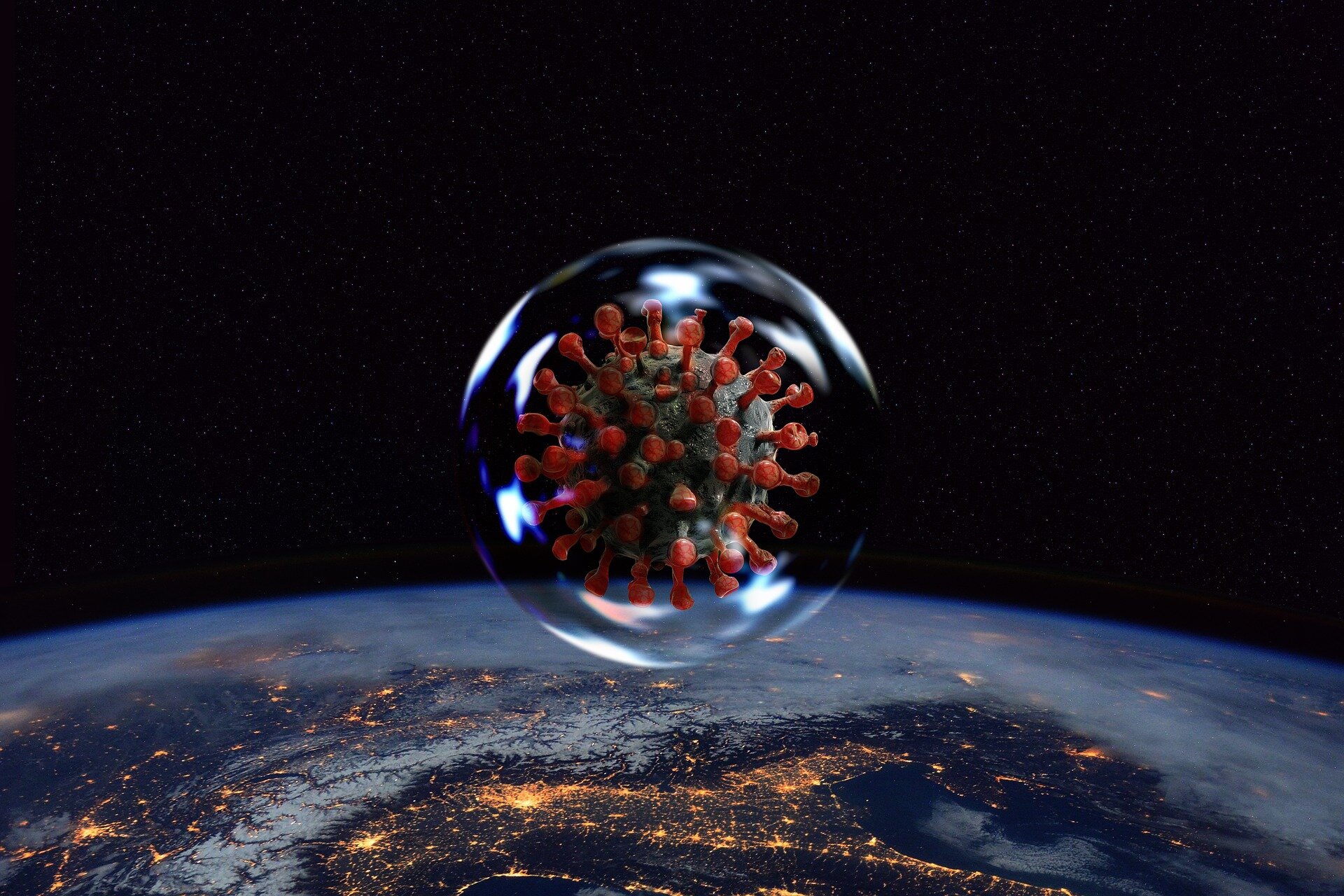#M-Argo will be first to traverse interplanetary space under its own power

“#M-Argo will be first to traverse interplanetary space under its own power”

ESA’s M-Argo mission will be the first CubeSat to traverse interplanetary space under its own power. Due to launch in 2024-5, the suitcase-sized spacecraft will travel to a near-Earth asteroid, up to 150 million km away.
CubeSats are small, cheap satellites assembled from standardized parts in 10 cm boxes—M-Argo is a 12-unit CubeSat. Originally intended for educational purposes and technology testing, CubeSats have matured rapidly, and are becoming increasingly attractive to intuitional and commercial users for applications including Earth observation, telecommunications and even exploration.
Today hundreds of CubeSats are launched each year, while ESA employs them for early in-orbit demonstration of advanced technologies.
While CubeSats offer increasingly capable payload performance, their natural limits of size, mass and power typically preclude the inclusion of conventional spacecraft propulsion systems. At the same time, such propulsion capabilities are crucial to enable mobility and to enhance the potential of CubeSats, which have started to utilize miniaturized chemical and electric propulsion. This is the subject of a dedicated ESA workshop on Propulsion4CubeSats on 28-29 Apri. ESA’s annual CubeSat Industry Days will follow in June.
A CubeSat will test out water as a propulsion system
Citation:
Getting CubeSats moving: M-Argo will be first to traverse interplanetary space under its own power (2021, April 2)
retrieved 3 April 2021
from https://phys.org/news/2021-04-cubesats-m-argo-traverse-interplanetary-space.html
This document is subject to copyright. Apart from any fair dealing for the purpose of private study or research, no
part may be reproduced without the written permission. The content is provided for information purposes only.
If you liked the article, do not forget to share it with your friends. Follow us on Google News too, click on the star and choose us from your favorites.
For forums sites go to Forum.BuradaBiliyorum.Com
If you want to read more Like this articles, you can visit our Science category.



